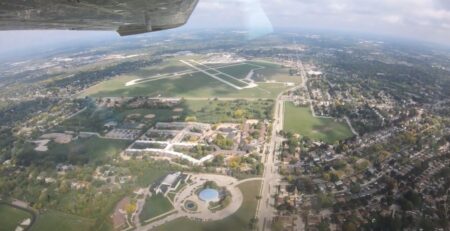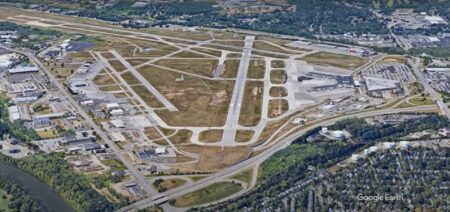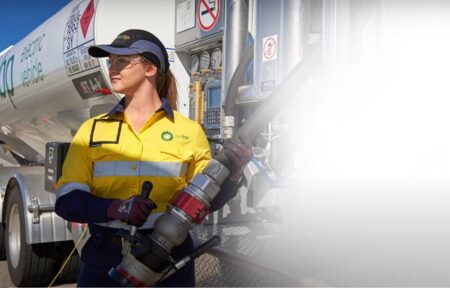Swiss business aircraft maker Pilatus has obtained certification for its PC-24 jet to take-off and land on grass, wet earth and snow.
The full rough field certification from EASA and the FAA for the PC-24 “Super Versatile” Jet comes after certification for operations on dry sand and gravel was achieved in 2018.
A post-certification test campaign was conducted during 2019 to certify the PC-24 for operation on unpaved runways and in differing conditions and from this month, all PC-24s may now also be operated on wet and snow-covered unpaved runways.
The European Aviation Safety Agency (EASA) requires tests for the certification of take-off and landing capability to be carried out on different runways. After careful evaluation of local conditions, tests were made at locations across America and Europe.
A runway in Goodwood, UK was selected for the tests on dry grass. Further tests on grass runways were carried out at Kunovice in the Czech Republic, at Poitiers in France and at Duxford, UK.
At Woodbridge, England, complex conditions were reproduced in part in order to meet all test specifications for take-offs and landings on wet dirt surfaces. The PC-24 was also flown in North America – tests on snow-covered gravel runways were performed at Kuujjuaq in Canada.
The PC-24 was designed to operate on short and unpaved runways as well as conventional runways so it can be used in almost twice as many airports worldwide as other business jets on the market, said Pilatus.
Oscar Schwenk, chairman of Pilatus said, ‟Our PC-24 has proven that it is capable of flying the full range of missions for which it was developed. The Royal Flying Doctor Service of Australia and operators in North America or Africa already use rough field runways on a regular basis, proving just how unique the PC-24 is – that sort of capability is only available with the Pilatus Super Versatile Jet.”
The PC-24 is Pilatus’s first jet-powered aircraft and uses a pair of Williams FJ44 engines. Testing of the aircraft, which can carry up to eight passengers and has a cruising speed of 815km/h, began in May 2015 and involved three test aircraft.




